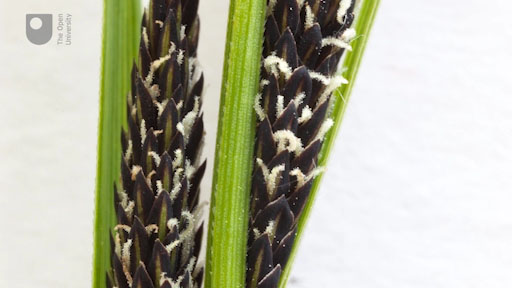Week 5: Advanced species ID techniques
Introduction
We often think of a field guide book, for example, to flowers or birds as a typical accompaniment to a naturalists day out. However, there are many more techniques for identifying species than checking keys and illustrations in the field.

Transcript
Certain groups of organisms in particular require more detailed examination than is possible with the unaided eye if species are to be identified accurately.
As discussed in Week 3, there are many different species of fungi but they are often difficult to tell apart because they have few easily observed characteristics. For example, globally there are over 700 species of Russula mushroom, most of which look rather similar except for the colour of the cap. Even this one characteristic is not ideal since the colour can change over time and can be affected by rain. In the search for more characteristics to tell species apart, mycologists examine fungi under a microscope to look for aspects of structure that are consistent within a species but differ between species. Examples of these characteristics include the shape of cells on the gill edge and the size, shape and ornamentation of the spores.
By the end of this week, you should be able to:
- understand why a microscope is sometimes required for identifying species
- understand the basis of how DNA barcoding works in general terms
- understand why DNA is sometimes needed instead of using traditional identification techniques
- use an automated species-identification app.
